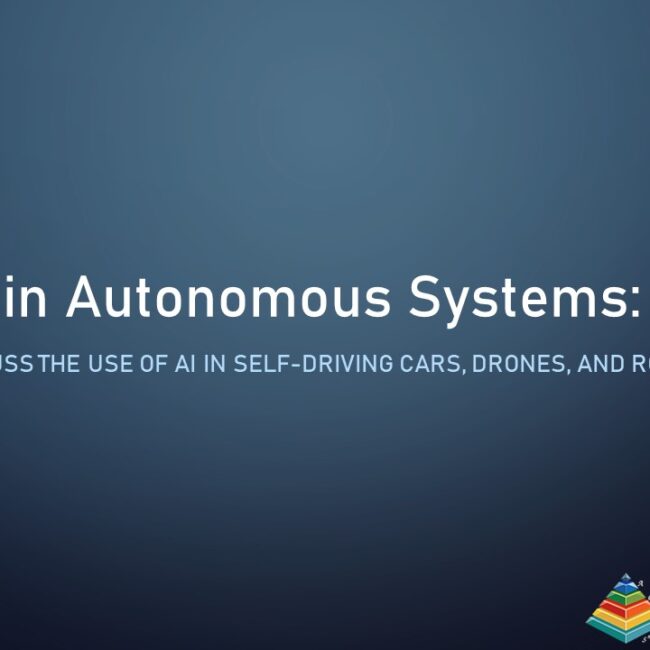
Monetization Strategies for Mobile Apps: From Freemium to In-App Ads
The mobile app industry has witnessed explosive growth over the past decade, offering developers a multitude of opportunities to monetize their creations. Whether you’re building the next viral game or a productivity tool, choosing the right monetization strategy is crucial for the success of your app. In this blog, we’ll explore various monetization strategies for mobile apps, from freemium models to in-app advertising.
1. Freemium Model
The freemium model is a popular strategy where your app is available for free with optional paid features or content. It allows users to access the basic functionality while offering premium features or content for a fee. Here’s how to implement it effectively:
- Basic Features: Offer essential features or content for free, ensuring that users find value in your app without making a purchase.
- Premium Upgrades: Provide additional features, advanced tools, or exclusive content that users can unlock through in-app purchases.
- Time-Limited Trials: Allow users to experience premium features for a limited time, enticing them to subscribe or make one-time purchases.
- Subscription Plans: Offer monthly or yearly subscription plans for ongoing access to premium features. Subscriptions provide a steady stream of revenue.
2. In-App Advertising
In-app advertising involves displaying ads within your app. You earn revenue through ad impressions, clicks, or user actions. Several types of in-app ads can be used:
- Banner Ads: These small, static or animated ads are typically placed at the top or bottom of the app’s screen, ensuring they don’t disrupt the user experience.
- Interstitial Ads: Full-screen ads that appear at natural breaks in the app, such as between levels in a game.
- Rewarded Videos: Users can choose to watch a video ad in exchange for in-app rewards like virtual currency or content unlocks.
- Native Ads: These ads blend seamlessly with the app’s content, providing a less intrusive experience.
- Offerwalls: Users can earn in-app rewards by completing specific tasks or engaging with advertised content.
3. Premium (Paid) Apps
In this model, users pay upfront to download your app from app stores. It’s a straightforward monetization strategy, but it can be effective if your app offers significant value.
- Pricing Strategy: Carefully determine the app’s price point. Consider offering occasional discounts or promotions to boost downloads.
- Free Trials: Provide a limited free trial period before prompting users to purchase the full version. This gives users a taste of the app’s capabilities.
- Bundle Pricing: Bundle multiple apps or content together to provide added value to users.
4. In-App Purchases (IAP)
In-app purchases involve selling virtual goods, content, or features within the app. It’s a common strategy for mobile games, but it can be applied to other app categories as well.
- Virtual Currency: Allow users to purchase virtual currency that can be used to buy in-app items or unlock features.
- Content Packs: Offer additional levels, story chapters, or in-depth content that users can buy to enhance their experience.
- Consumables and Non-Consumables: Distinguish between consumable items (e.g., health potions) that can be purchased multiple times and non-consumable items (e.g., additional game levels) that users buy once.
- Loot Boxes: Implement a randomized item system where users can purchase loot boxes to receive random in-game items.
5. Affiliate Marketing and Partnerships
Consider forming partnerships with other businesses to promote their products or services within your app. You can earn commissions or fees for every sale or lead generated through your app.
- Affiliate Links: Integrate affiliate links that direct users to partner websites or products.
- Incentive Programs: Offer users discounts or rewards for making purchases through your affiliate links.
6. Donations and Crowdfunding
Some apps, especially those providing niche content or services, rely on donations from users. Crowdfunding campaigns, on platforms like Patreon or Kickstarter, can be used to generate revenue and support app development.
7. Sponsorships and Brand Integration
Partner with brands or sponsors to integrate their products, services, or content into your app. Users can access the sponsored content for free, while you receive payments from the sponsors.
Choosing the Right Monetization Strategy
Selecting the most suitable monetization strategy for your mobile app depends on several factors:
- App Type: Consider the nature of your app, its target audience, and the industry it operates in.
- User Behavior: Analyze how users engage with your app and what they value most.
- Competition: Study your competitors’ monetization strategies and pricing models.
- User Feedback: Gather feedback from users to understand their preferences and willingness to pay.
- Testing: Experiment with different strategies and analyze their effectiveness.
- Flexibility: Be open to adjusting your monetization strategy as market conditions change.
Ultimately, the right strategy should balance generating revenue with providing value to users. Striking that balance will help you build a loyal user base and ensure the long-term success of your mobile app.


